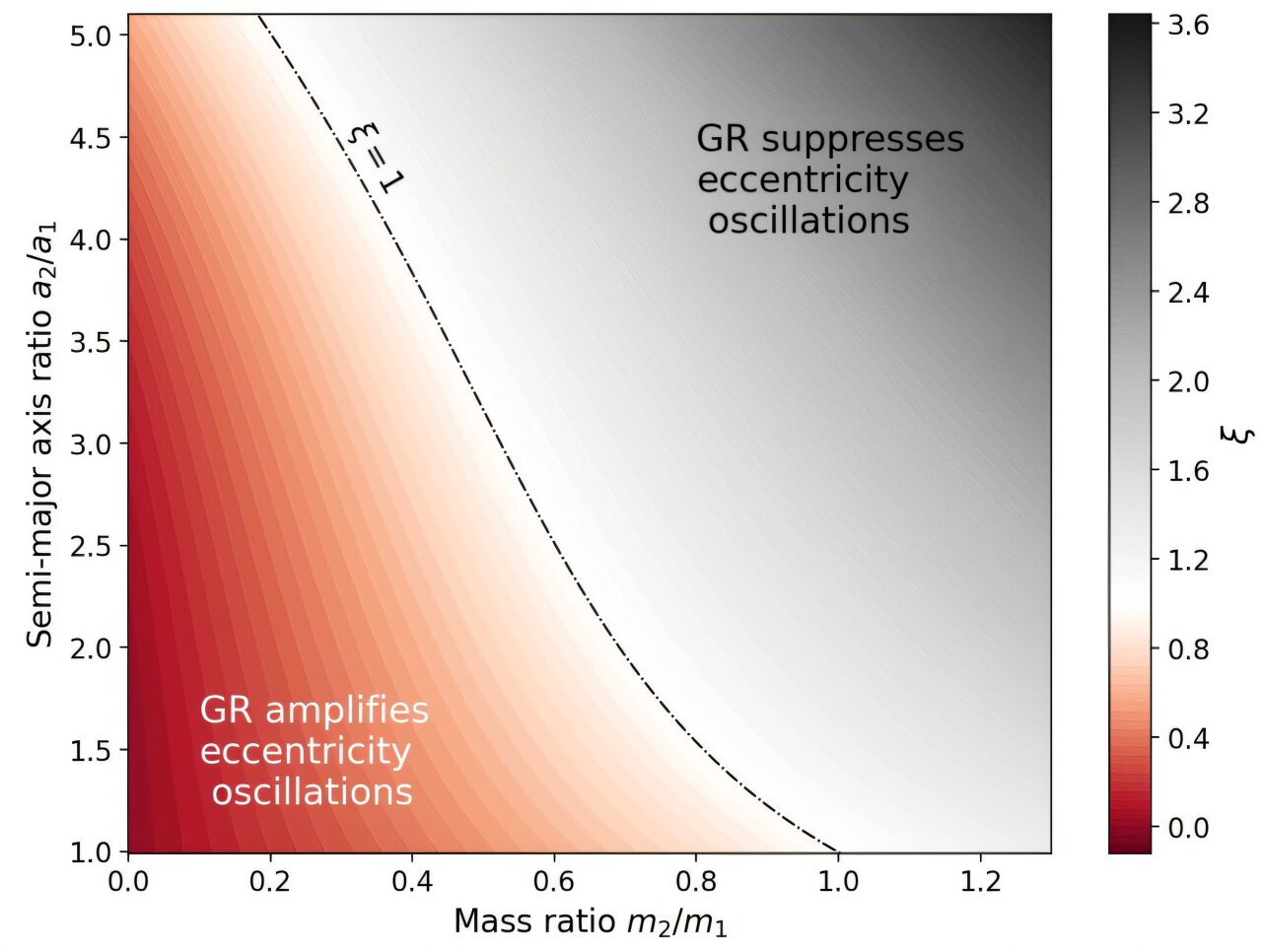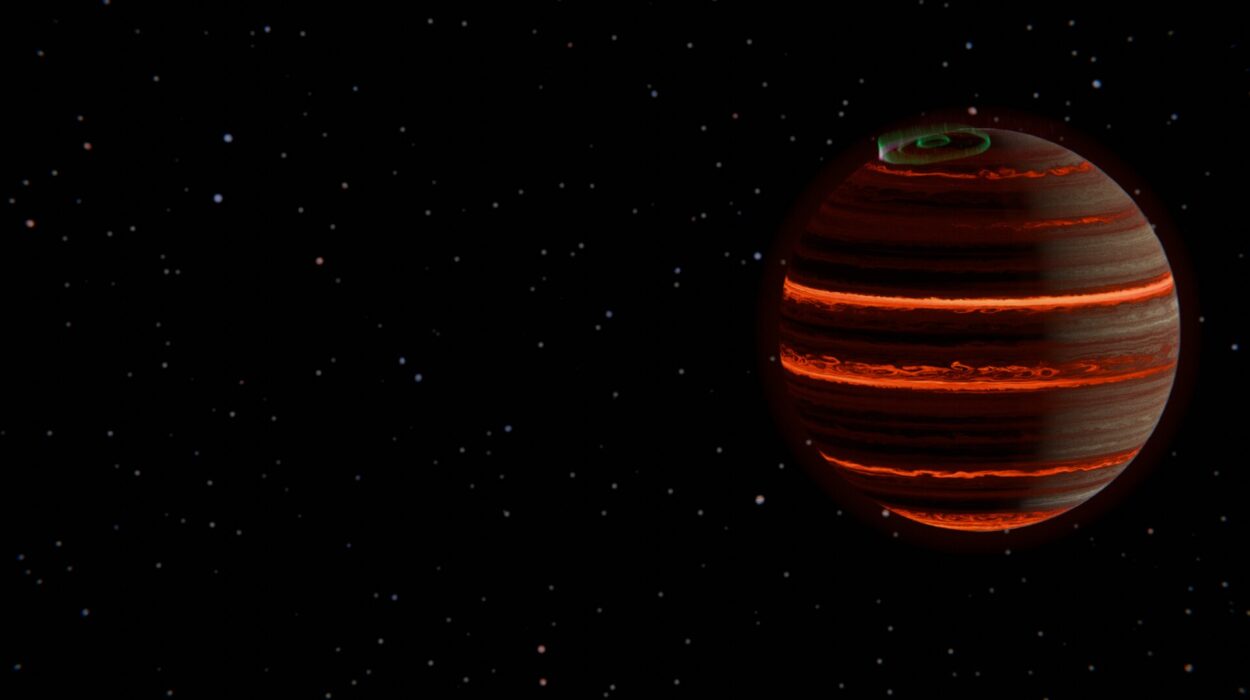Humanity’s gaze has always reached beyond the horizon — from the first sailor navigating by the stars to the astronomer peering through a telescope, wondering if somewhere out there, another form of life is doing the same. In the vast cosmic ocean, we search for a mirror — a planet with oceans, air, warmth, and the delicate balance that sustains life.
Traditionally, astronomers have focused on worlds orbiting stars like our Sun or the icy moons that cradle hidden oceans beneath their frozen shells. But as we refine our understanding of the universe, new and unexpected candidates for life are emerging — and one of the most surprising of all lies in the shadows of death itself.
When a star like our Sun exhausts its fuel, it doesn’t explode in a grand supernova. Instead, it sheds its outer layers, leaving behind a small, dense core called a white dwarf. This ghostly remnant, no larger than Earth but with half the Sun’s mass, glows faintly with residual heat. It is a stellar corpse — quiet, ancient, and yet, possibly, a cradle for life.
What Are White Dwarfs?
A white dwarf is the final chapter in the life story of most stars in our galaxy. Once a blazing sphere of nuclear fusion, a star eventually runs out of hydrogen — the fuel that has kept it shining for billions of years. As the fusion slows, the star swells into a red giant, swallowing its inner planets before releasing its outer layers into space.
What remains after this cosmic shedding is the core — a dense sphere of carbon and oxygen glowing with the fading embers of its former brilliance. These stellar remnants are incredibly compact: a teaspoon of white dwarf material would weigh several tons. Though they no longer burn fuel, their residual heat can persist for billions of years, gradually cooling into darkness.
To many scientists, such an environment once seemed lifeless — too harsh, too small, too dim to sustain life. But new research is challenging that assumption.
The Hidden Habitable Zone Around a Dead Star
Even a white dwarf, faint as it is, emits enough light and warmth to create a habitable zone — a narrow region where liquid water could exist on a planet’s surface. Unlike the habitable zones around sun-like stars, which stretch millions of kilometers wide, a white dwarf’s life-friendly zone hugs close to the star, only a few million kilometers away.
At that distance, a planet would complete an orbit in mere hours or days. Such proximity raises both promise and peril. On one hand, the planet could receive just the right amount of energy to maintain liquid water — the key ingredient for life as we know it. On the other, the powerful gravitational forces from being so close could tear it apart.
This is where the story becomes even more intriguing.
The Dance of Gravity and the Threat of Destruction
When two planets orbit a white dwarf, their gravitational pulls interact, tugging on each other and stretching their orbits. These tidal forces can deform the inner planet’s orbit into an elongated oval, causing it to move closer and farther from the star as it revolves.
Each time the planet swings inward, the immense gravity of the white dwarf stretches and compresses its surface, generating frictional heat within its core — a process known as tidal heating. In moderation, this heating could keep a planet warm, just as tidal forces from Jupiter help keep its moon Europa’s subsurface ocean liquid.
But too much tidal heating can turn deadly. The excess heat could trigger a runaway greenhouse effect, where oceans boil, atmospheres thicken with steam, and surface temperatures soar beyond the threshold of life. The planet would transform into a hellish world, suffocated by its own atmosphere — a tragic irony, warmed to death by the very forces that could have sustained it.
For years, astronomers believed this fate was inevitable for planets orbiting white dwarfs closely enough to be habitable. Yet a new study suggests that the universe has a built-in safeguard — one written not in biology, but in the language of Einstein’s general relativity.
Einstein’s Gift: Gravity as a Protector
In a remarkable study led by Eva Stafine and Juliette Becker at the University of Wisconsin–Madison, researchers used computer simulations to explore how the laws of gravity might behave around these stellar remnants. Their findings revealed something extraordinary: Einstein’s theory of general relativity (GR), which describes how gravity works on cosmic scales, could actually stabilize the orbits of planets circling white dwarfs.
General relativity tells us that massive objects warp the fabric of space and time. Around a white dwarf — a dense object with immense gravity — this curvature is extreme. As a result, the orbit of a nearby planet doesn’t remain fixed. Instead, it slowly precesses — meaning the oval shape of the orbit spins around the star over time.
This seemingly small effect has profound consequences. The gentle spinning prevents the orbit from stretching too far out of shape, counteracting the gravitational tug of nearby companion planets. In essence, relativity acts as a cosmic stabilizer, keeping the planet’s orbit nearly circular and preventing catastrophic tidal heating.
By including these relativistic effects in their simulations, Stafine and Becker discovered that many planets that would otherwise overheat could remain temperate — maintaining liquid water on their surfaces for billions of years. Without GR, these same worlds would likely be scorched wastelands.
A Larger Haven for Life
The researchers ran two sets of simulations — one with Einstein’s relativistic corrections and one without. The difference was striking. When GR was excluded, most planets within the white dwarf’s habitable zone succumbed to tidal overheating, losing their water and any potential for life. But when relativity was included, the habitable zone expanded significantly.
In this scenario, a wider range of planets could remain stable, cool, and potentially habitable. Einstein’s equations, written over a century ago, may therefore hold the key to finding new worlds where life could thrive long after their parent stars have died.
“Our findings demonstrate that GR can act as a dynamical shield in compact post–main-sequence planetary systems,” the researchers explained in their paper, published on the arXiv preprint server. “This protective role should be incorporated into future habitability assessments for planets around white dwarfs.”
The Implications for Future Discoveries
The idea that white dwarfs could host life is revolutionary — not just scientifically, but philosophically. These stars are remnants of death, yet they may harbor new beginnings. The notion that life could persist, or even arise, in such a place challenges our deepest assumptions about habitability and cosmic renewal.
In the coming decades, telescopes like the James Webb Space Telescope (JWST) will be crucial for testing these ideas. With its unparalleled ability to detect faint infrared signals, JWST can study the atmospheres of planets orbiting white dwarfs. It can search for signatures of water vapor, oxygen, methane — the fingerprints of habitability or even life.
If future missions confirm that white dwarfs can support stable, life-friendly planets, our search for extraterrestrial life will expand dramatically. There are billions of white dwarfs in our galaxy, each potentially surrounded by planets formed from the ashes of its former solar system. Life, it seems, may be more resilient — and more creative — than we ever imagined.
The Paradox of Life After Death
There is something profoundly poetic about this discovery. A white dwarf is the ghost of a dead star, yet it could shelter life on its lingering warmth. The same universe that creates destruction also creates opportunity. Even as stars die, they leave behind conditions where new worlds can bloom.
This echoes a larger truth about existence: that life and death are not opposites, but partners in an eternal dance. The death of one star may give birth to another planet’s hope. The ashes of cosmic fire may become the soil of new beginnings.
If planets orbiting white dwarfs can truly harbor life, then the cosmos is not just alive — it is resilient beyond measure. It whispers that life finds a way, even in the most unlikely corners of creation.
More information: Eva Stafne et al, General Relativity Can Prevent a Runaway Greenhouse on Potentially Habitable Planets Orbiting White Dwarfs, arXiv (2025). DOI: 10.48550/arxiv.2509.26421






